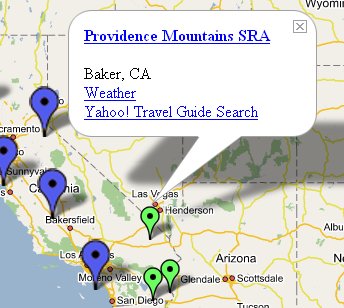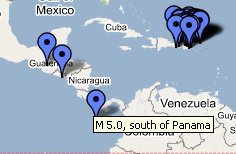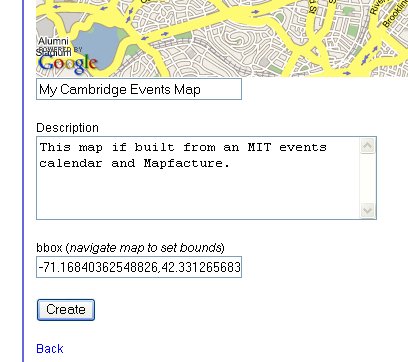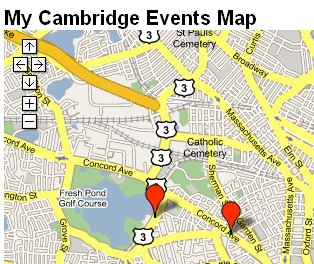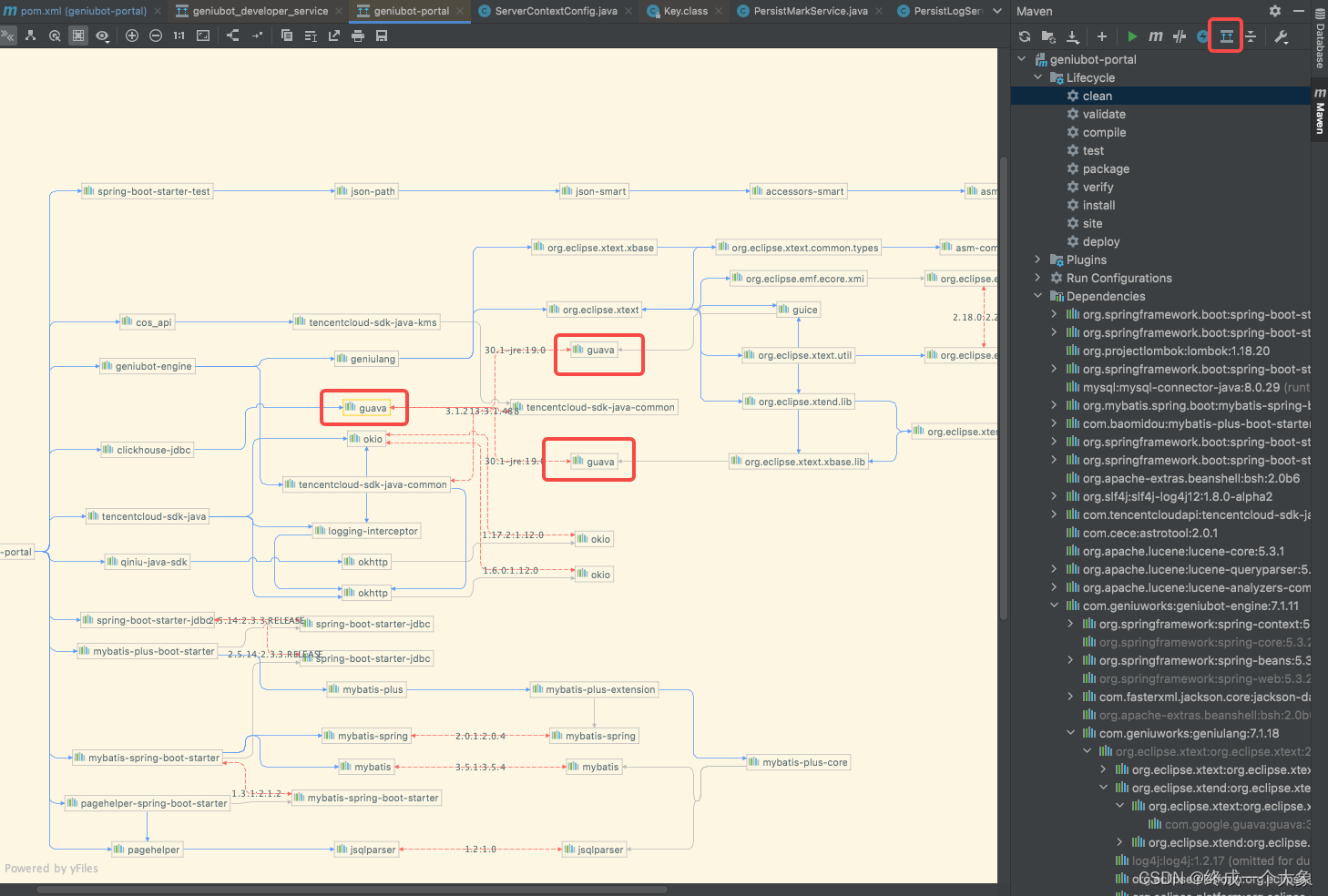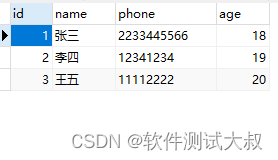RESTful GeoWeb学习手记(三):GeoRSS介绍之二
粟卫民http://www.gisdev.cn/ http://blog.csdn.net/suen/ 日期: 2007-9-27
本文内容汇编自Directions Magazine,纯为学习研究。如有不妥,请原文作者联系本文作者删除相关内容
Directions Magazine的Adena Schutzberg写了一篇关于GeoRSS介绍的文章,很不错,为了方便国内读者访问,我就转载到下面。
|
Fun with GeoRSS
By Adena Schutzberg | |||||||
| (Jun 09, 2006) | |||||||
|
Disclosure statement: I consult to the OGC, a current sponsor of GeoRSS.
So, what's the difference between these and how are they used? I'll keep this short since it's far more fun to play with these feeds than to understand their inner workings. W3C Geo was first out of the gate, back in 2003. It's sometimes referred to as "geo:lat/geo:lon" since those are the names of the tags. W3C Geo supports just points. The current thinking is that all tools designed to work with GeoRSS should support all three versions. Here's what W3C Geo looks like:
Simple GeoRSS extends W3C Geo to include support not just for points, but lines, polygons, boxes and elevations. It's built on a profile (subset) of OGC's Geography Markup Language (GML) specifically chosen to make it easy for programmers to implement and for others to use. Simple GeoRSS lays down rules about which coordinate system is used: WGS84, latitude, longitude (in that order), using decimal degrees. It looks like this:
GML or Pro GeoRSS goes to the next level of complexity and allows different coordinate reference systems and all of Geography Markup Language (GML) for tagging content in the feed. This is most likely to be used by really "geeky" geospatial users and scientists and/or by specific communities that want to share specialized information.
Did you look at that URL carefully? It's the ACME URL, then an equals sign, then the URL of a GeoRSS feed. So, you can pretty much put any feed in there and (if all goes right) make your own map. Try putting in this GeoRSS feed in place of the State Parks one: http://earthquake.usgs.gov/eqcenter/recenteqsww/catalogs/eqs7day-M2.5.xml That's a GeoRSS feed from USGS of real-time, worldwide earthquake list for the past seven days. Your URL should be: http://www.acme.com/GeoRSS/?xmlsrc=http://earthquake.usgs.gov/eqcenter/recenteqsww/catalogs/eqs7day-M2.5.xml Here's just a bit of what it looked like when I wrote this article. Your maps should look different since USGS is publishing real time data. Further, if you want to, you can add as many GeoRSS feeds as you like using this syntax: http://www.acme.com/GeoRSS/?xmlsrc=http://example.com/xmlfile1.xml&xmlsrc=http://example.com/xmlfile2.xml
A second GeoRSS reader is Mapufacture, "the GeoRSS aggregator," which is built on Google Maps. The developer, Mikel Maron, is one of the people behind GeoRSS. Maron lists a bunch of feeds with which to play and some of his examples show more advanced uses of GeoRSS, including this weather map example. To understand this weather map, first be aware that Yahoo offers up weather and traffic data using (W3C + their own tags) GeoRSS. The weather map example programmatically queries the Yahoo feed for just the locations and weather for four locations. If you click on a location, the weather information appears below the map, so you may need to scroll down to see it. But, along with the advanced stuff, Mapufacture offers a simple way to build your own map from a GeoRSS feed. You'll need a login/password to do this. Get one by choosing "create a map" from the options across the top of the site. Once you are logged in, fill in the boxes below the map with a title and description, and then zoom to an area of interest (if you want the map to display "zoomed in" to a specific area). Next, save the map. Now, the fun part. Click on "Add feed" at the top of the map and add one or more feeds to populate the map! I set my extents around Cambridge, Massachusetts and added a feed of area events.
Consider what this all means. In time, should things go as I hope they will, anyone, anywhere, could build his or her own instant mashup of just the data needed on whatever basemap and with whatever technology (desktop, Web, etc.) makes sense. Who would put out GeoRSS feeds? Anyone who sees the added value of including location with their data. Consider these ideas: a grocery or specialty store might offer a feed that highlights the different specials in different geographies (thanks to Pierce Eichelberger for that idea), news organizations might tag their news with geographic location(s), government and other organization might offer data from sensors (like the earthquake data or traffic data). How would they create the feeds? Most RSS feeds are automatically created by software. And, even now, there's an RSS to GeoRSS tool to input the coordinates automatically into regular RSS feeds. I suspect that folks like MetaCarta (a company that offers tools to geocode unstructured text) would offer a more advanced technology or services like this. What sort of software would "read" the GeoRSS feeds? I know of one desktop GIS software that does (Cadcorp SIS, for example) and I understand there's a plugin for WordPress (blogging software) as well. ESRI's ArcWeb Explorer will support GeoRSS, though I've not gotten it to work as of this writing. (To try it, just paste a GeoRSS URL into the search box.) So, I expect support for GeoRSS will pop up in a lot of places. The Way Forward What do we, the geospatial user community, need to do to grow GeoRSS, if we think it's valuable? First, we need to get our act together. We (whoever cares about this, which I hope readers do) need to make clear which format we are using (W3C geo, Simple GeoRSS or Pro GeoRSS) and ensure some level of compatibility. Second, we need to let vendors know we value tools, for both end users and programmers, to write and read the GeoRSS. Third, we need to get those with interesting geospatial data to publish them using GeoRSS. (Could be free or could be for a fee. This is simply a standard way to publish.) Finally, we can help educate others on what this very simple idea might mean if taken to its full potential. I hope I've started readers on that path with this short article. | |||||||
|
| |||||||
| Reprinted with permission, Copyright 2007, Directions Media | |||||||

